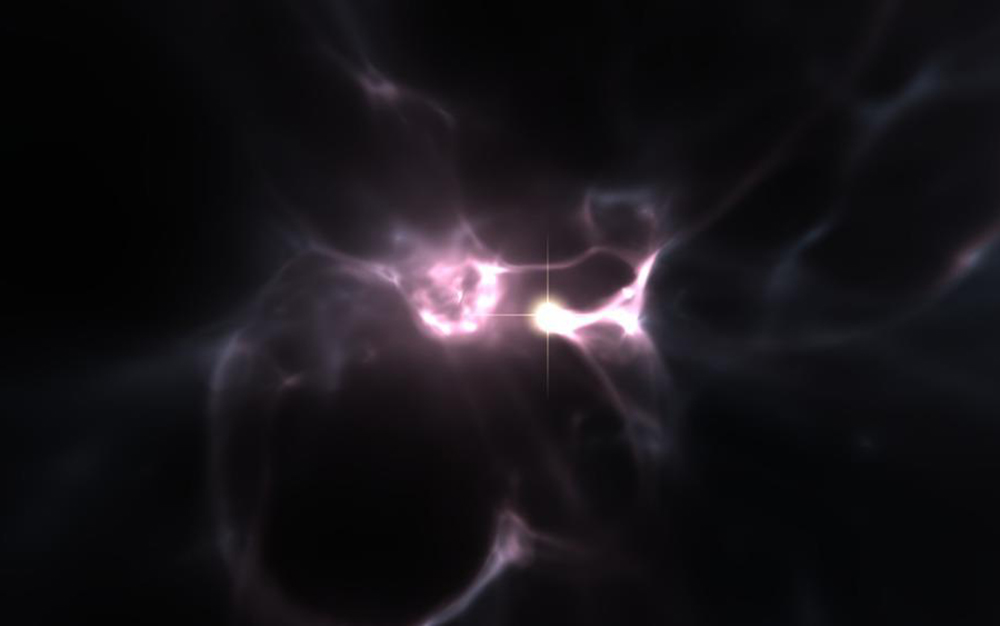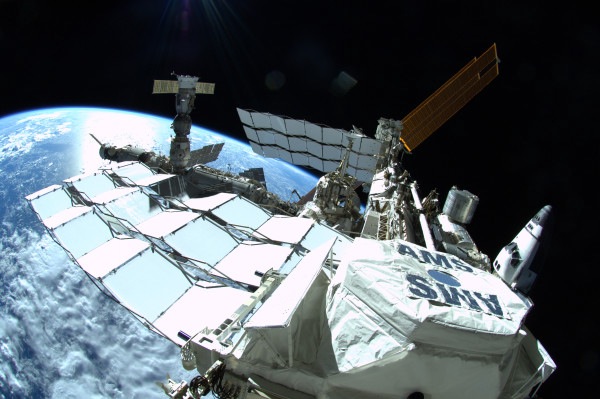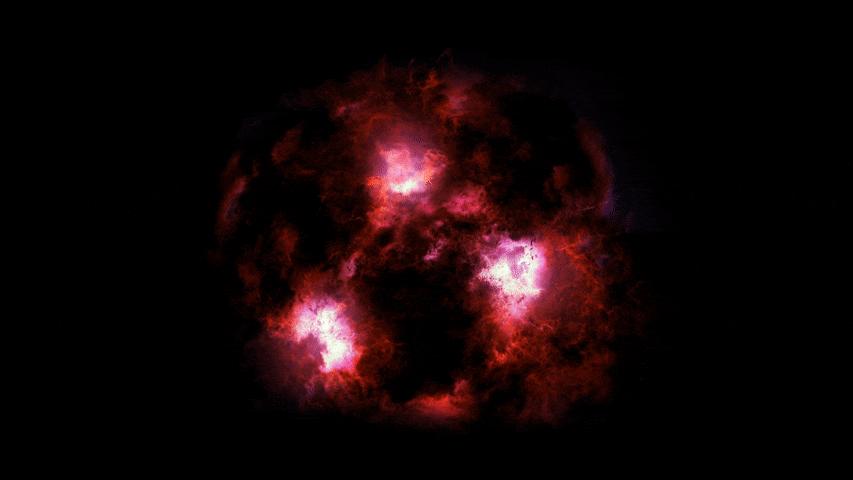When you purchase through links on our site , we may earn an affiliate commission . Here ’s how it make .
Astronomers have detected grounds of one of the first maven to emerge after the Big Bang birthed the universe 13.8 billion years ago .
They find hint of an exploded , ancient star tucked inside a lead that ’s nearly as old . site about 35,000 easy - year from Earth on the other side of theMilky Way , the younger star — an atomic number 26 - misfortunate cherry-red giant — occupy shape after its short - be parent exploded in a supernova , research worker reported in a new study .

A visualization of the formation of the first stars.
When the scientists analyzed the elements in the Milky Way star , they found a pattern that matched model of what would persist after the volatile dying of one of the old stars in the universe . [ 15 Unforgettable Images of genius ]
" We ’ve witness a time machine that takes us back to the existence ’s earliest stars , " lead study generator Thomas Nordlander , an uranologist with Australian National University , said in a financial statement .
study of the infant universe evoke that the first asterisk emerge from cloud of dust and gas around 200 million years after the Big Bang , allot to NASA . However , some models have suggest that virtuoso birth began even earlier , when the universe was only 30 million long time old , Live Science ’s sister site Space.comreported in 2006 .

First - generation stars , known as Population III star , were metal - free and tremendous ; they are estimated to have been as much as 100 times as massive as our sun , the subject field authors reported . Because these sensation were so gigantic , they were also dead - lived . Astronomers search for signs of those stars today in component traces that were ejected when the ancient stars died inspectacular supernova explosions , according to the study .
The stellar parent of the Milky Way star was n’t that big ; it was likely only about 10 times the size of the Dominicus , and its supernova was " fair feeble , " Nordlander say . In fact , the star ’s death was so lacklustre that the elements render by the supernova did n’t trip far . After the burst , most of the heavier elements were sucked back into thedense neutron star — the collapsed gist of the dying old - timekeeper — that was left behind .
However , a tiny amount of elements heavier than carbon managed to escape . These elements were contain into a new star — " the very sure-enough genius that we plant , " Nordlander explained .

Scientists discovered the Milky Way star , name SMSS J160540.18−144323.1 , in a resume conduct with the SkyMapper scope , a wide - field optical instrument at Siding Spring Observatory in northerly New South Wales , Australia .
When the researchers examined the low - metal star , they found that the amount ofelements heavier than carbonwas " signally low-spirited " and its Fe content was the lowest ever appraise in a star : 1 part per 50 billion , which is about 1.5 million times downhearted than the smoothing iron content of the sun , the research worker spell .
" That ’s like one pearl of water in an Olympic swim pool , " Nordlander said .

The exceptionally low tightness of both weighty ingredient and iron soupcon that the star formed when the world was untried , most likely soon after the very first generation of stars begin to die out , according to the study .
While it is unconvincing that any ofthe universe ’s earliest starshave live , stars such as this " anaemic " Milky Way reddish giant offer a glimpse of their long - dead parents , state study co - author Martin Asplund , a chief investigator with the Australian Research Council ’s Centre of Excellence for All Sky Astrophysics in 3 Dimensions ( Astro 3D ) .
" The good word is that we can take the first stars through their children — the adept that come after them , like the one we ’ve discovered , " Asplundsaid in a statement .

The determination were bring out online July 17 in the journalMonthly Notices of the Royal Astronomical Society : letter .
Originally published onLive Science .














